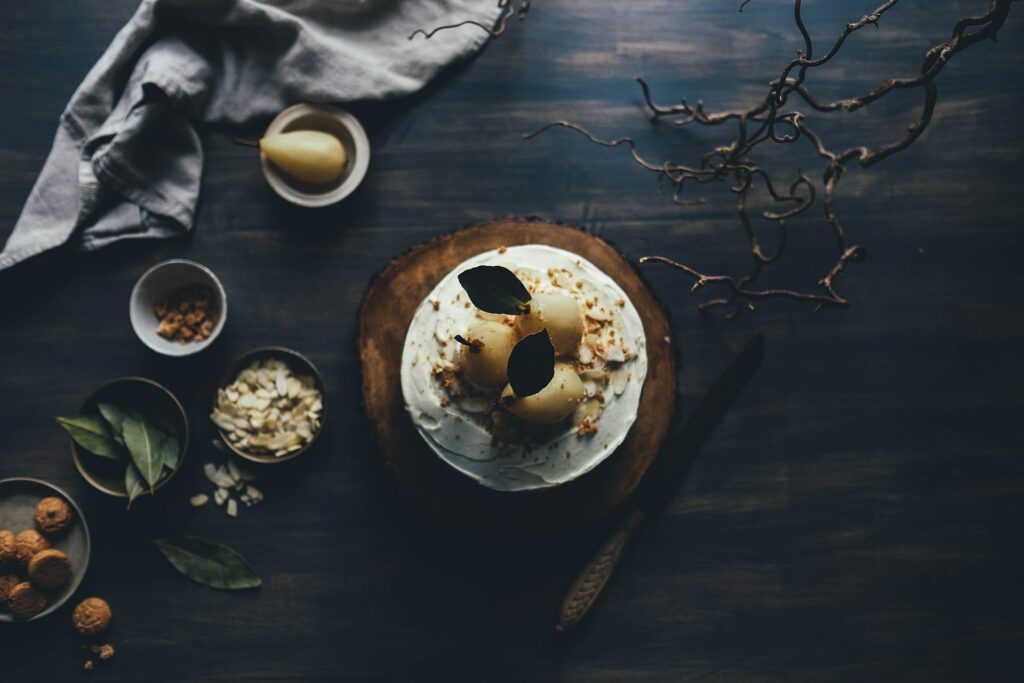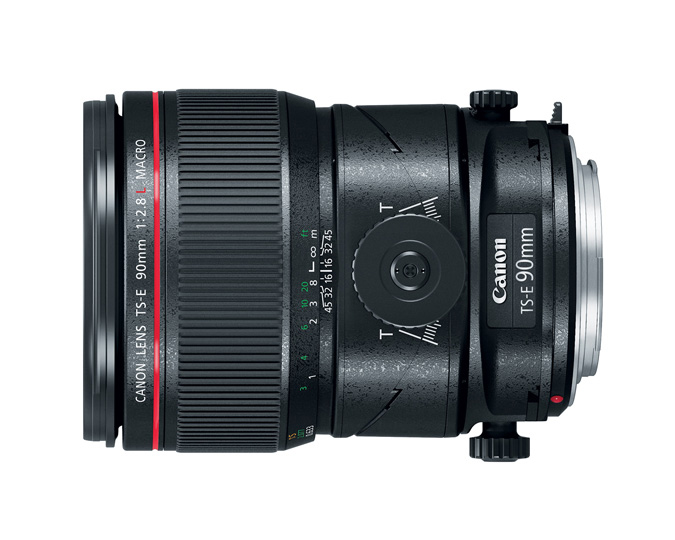Choosing right camera setup can make all the difference when you are photographing food. We’ve spent some time debating what is the best camera for food photography and have come up with a few winners that we believe will help you create the best food photo.
But before we get to that, let’s talk about who this recommendation is for. This is not a recommendation for budget food photographers or hobbyists (we’re not going to be recommending phones or ultra-cheap cameras or cameras without interchangeable lenses). This is our recommendation for those of you doing food photography who are ready to invest in a high-quality setup for pro-quality food photographs.

So, what camera is the best camera for food photography? At LPS, we look at camera choices from a system standpoint that includes the camera + lens considerations + accessory considerations, not in isolation. For food photography, the lens you choose will make all the difference in the outcome of your food photos. It is the most important component in a food photographer’s setup which is why we are starting there.
What is the best lens for food photography?
You probably are thinking we are going to recommend a zoom lens or a 50mm lens but that is not the case. One type of lens outshines most others when it comes to versatility and the versatility it gives is particularly powerful for food photographers. That lens is the tilt-shift lens.
Tilt-shift lenses allow you to control the plane of focus in a way that no other lens can. As the name implies you can control both tilt movement & shift movement with this type of lens.
So, what does that mean for a food photographer? Let’s imagine you are photographing a group of cupcakes. With a normal lens your plane of focus is parallel to your sensor. So, if you shoot straight on and focus on the cupcake in the front row, for example, all the cupcakes in the front row will be in focus while the cupcakes in the back row will be out of focus. Or if you do an overhead shot everything will be in focus & you won’t be able to use blur creatively.

With a tilt-focus lens your plane of focus is angled so now when you focus on your food, everything at the same angle will be in focus. This is the power of being able to control tilt. The shift function on the other hand allows you to control the position of your subject without moving your camera or changing perspective. For food photography, this comes in handy when positioning props in your food pictures.
For food photography, a tilt-shift lens gives you an insane amount of control over your ability to control focus & the subject position in your frame (without having to move your camera around/changing your perspective).
One thing to note – all tilt-shift lenses currently are manual focus only. This is not a problem for food photography because your subject matter is typically still/you don’t have to deal with a lot of subject matter motion and if you use a tripod, you only have to get your settings right once & then you can forget about them.
What is the best tilt-shift lens for food photography?

Canon has been a leader in bringing tilt-shift lenses to the market. Nikon also sells a set of great tilt-shift lenses. You really can’t go wrong with either, but we give the edge to Canon. Their current tilt-shift lenses enable you to use both the tilt and the shift functions for both landscape and portrait orientation while as of this posting only Nikon’s newest PC 19mm lens allows this. The older Nikon PC-E lenses only have a single rotation mechanism so the axes for tilt & shift always remain perpendicular to one another.
Our top pick for a tilt-shift lens for food photographers is the Canon TS-E 90mm f/2.8L Macro. This lens excels at small and medium sized but would encourage you to learn more about their entire range of tilt-shift lenses so you can pick the lens best suited for the type of food photography you do.
Okay – so now that you have our pick for the best lens for food photographers, let’s move on to the brand of camera you’ll want for food photography.
What brand of camera is best for food photography?
Given we believe a Canon tilt-shift lens is the best lens for food photographers, we highly recommend a Canon camera. You can use Canon tilt-shift lenses with other camera brands, but by using a Canon camera, you can take advantage of Canon’s editing software which gives you specific optical corrections for those lenses when used on their cameras.
Should I use a dslr camera or a mirrorless camera for food photography?
If you are investing in a new camera, we recommend a mirrorless camera. Mirrorless cameras have more features than DSLR’s, typically have better autofocus, and tend to offer more technological innovations all while delivering great image quality. While there isn’t any specific reason to choose a mirrorless camera over a dslr camera for food photography, we recommend mirrorless over dslrs for all types of photography for these reasons. (tip: Learn more about dslr vs mirrorless cameras)
Important: Canon’s tilt-shift lenses are not currently made for mirrorless cameras, but this adaptor will allow you to use them on your mirrorless camera. If you are really patient, you can also wait on the mirrorless version of Canon’s tilt-shift lens that is rumored to be in the works.
Our pick for the best food photography camera
So what is our pick for the best camera for food photography? We believe any of Canon’s newer full-framed cameras that feature the Canon RF mount cameras (just make sure you pick up an adaptor) would be a great choice for a food photography camera.
All of the Canon RF mount cameras will give you stellar image quality and professional quality food pictures. We recommend reviewing the following cameras & making a decision based on your budget & any additional needs you have for your camera.


4 Comments
Thank for this! I did not realize that the tilt shift lens allowed controlling the focal plane, thank you! Now I understand how food photographers are getting everything in focus!
Angie that is great news – my mind is always boggled by how much there is to learn about photography!
Thank for this! I did not realize that the tilt shift lens allowed controlling the focal plane, thank you! Now I understand how food photographers are getting everything in focus!
Angie that is great news – my mind is always boggled by how much there is to learn about photography!